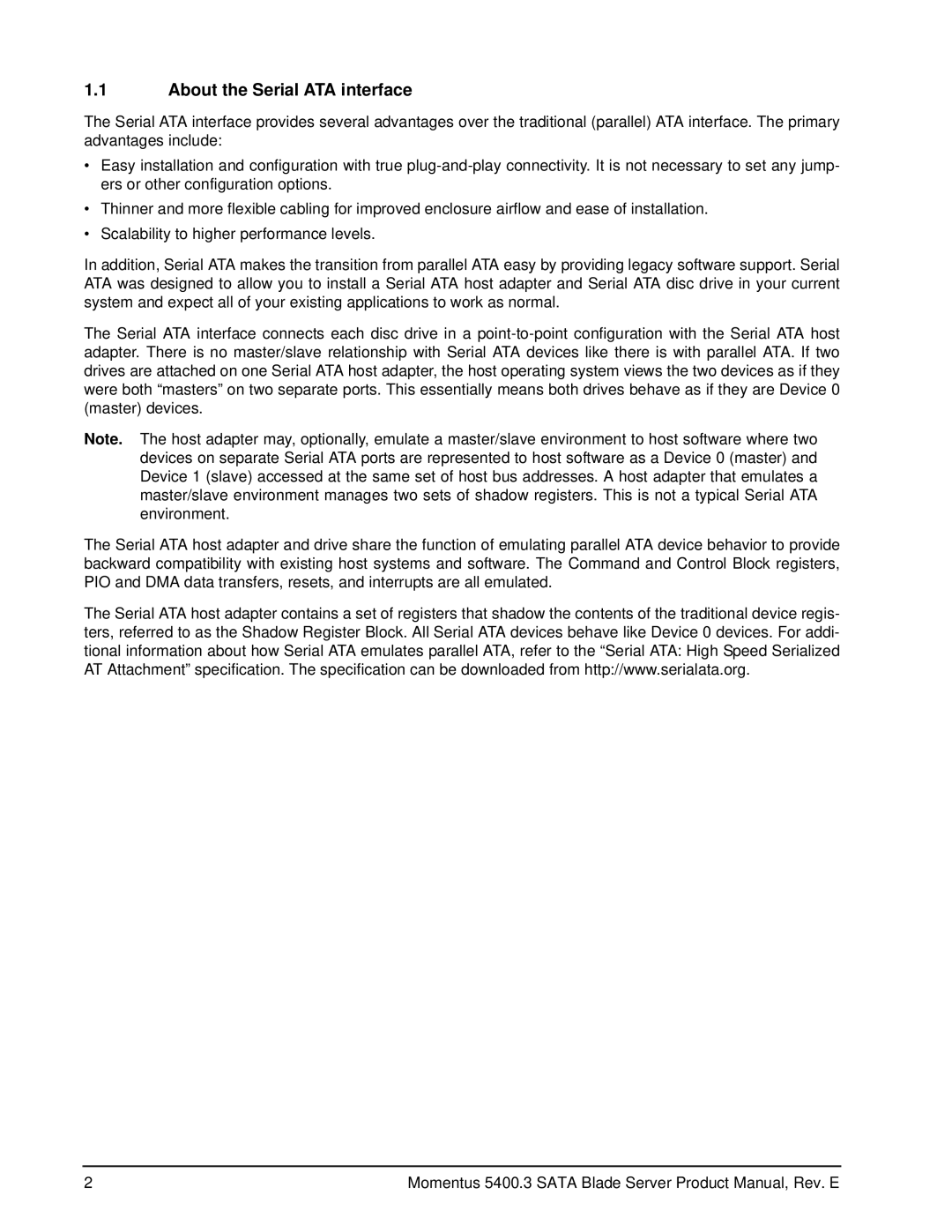ST9402116SB, ST980815SB, ST9160821SB, ST9100828SB, ST9120822SB specifications
The Seagate ST980815SB, ST9120822SB, ST9402116SB, ST9160821SB, and ST9100828SB are a lineup of popular hard disk drives that cater to various data storage needs, especially in enterprise and server environments. Each model features a combination of cutting-edge technology, performance capabilities, and robust reliability, making them ideal choices for businesses and IT infrastructures.The ST980815SB, with a capacity of 80GB, was designed to meet the requirements of entry-level servers, workstations, and embedded applications. It operates at a spindle speed of 7200 RPM, ensuring quick access to stored data. This model employs the use of perpendicular magnetic recording technology, which enhances data density and reliability, allowing for increased storage capacity in a compact form factor.
The ST9120822SB offers a larger storage capacity of 120GB, targeting small to mid-sized enterprise applications. Like its smaller counterpart, it operates at 7200 RPM, delivering high transfer rates and low latency, which are critical for data-intensive operations. It includes features such as Native Command Queuing (NCQ) that optimizes the order of read and write commands, enhancing overall performance during multi-tasking operations.
Next in line, the ST9402116SB provides an impressive 400GB of storage, catering to applications that require a substantial amount of capacity. This model also uses a 7200 RPM spindle speed and incorporates SATA interface technology, providing fast data transfer rates while ensuring seamless integration into existing systems. Its robust design makes it suitable for continuous operation in always-on environments.
The ST9160821SB is another impressive offering, with a maximum capacity of 160GB that serves businesses demanding higher storage solutions without sacrificing performance. It maintains 7200 RPM speeds and is built with advanced thermal and vibration protection features, ensuring stable performance under varying environmental conditions.
Lastly, the ST9100828SB rounds out this lineup with its unique balance of performance and capacity, offering 80GB of storage. It also benefits from Seagate's legacy of reliability and comes equipped with a SATA interface, ensuring compatibility with modern systems.
Overall, these Seagate models represent a comprehensive suite of solutions that meet the diverse needs of businesses, successfully combining capacity, speed, and reliability for optimal data storage solutions. Each of these devices leverages Seagate's cutting-edge technologies to deliver high performance and uptime, making them a reliable choice for both small businesses and enterprise-level applications.
